Key Points and Summary – To counter China’s formidable anti-access/area-denial (A2/AD) threat, the U.S. Navy is pivoting to a “Distributed Maritime Operations” strategy.
-This involves dispersing forces to locations like the refurbished WWII airstrip on Tinian and deepening alliances, most notably through the AUKUS pact to provide nuclear submarines to Australia.
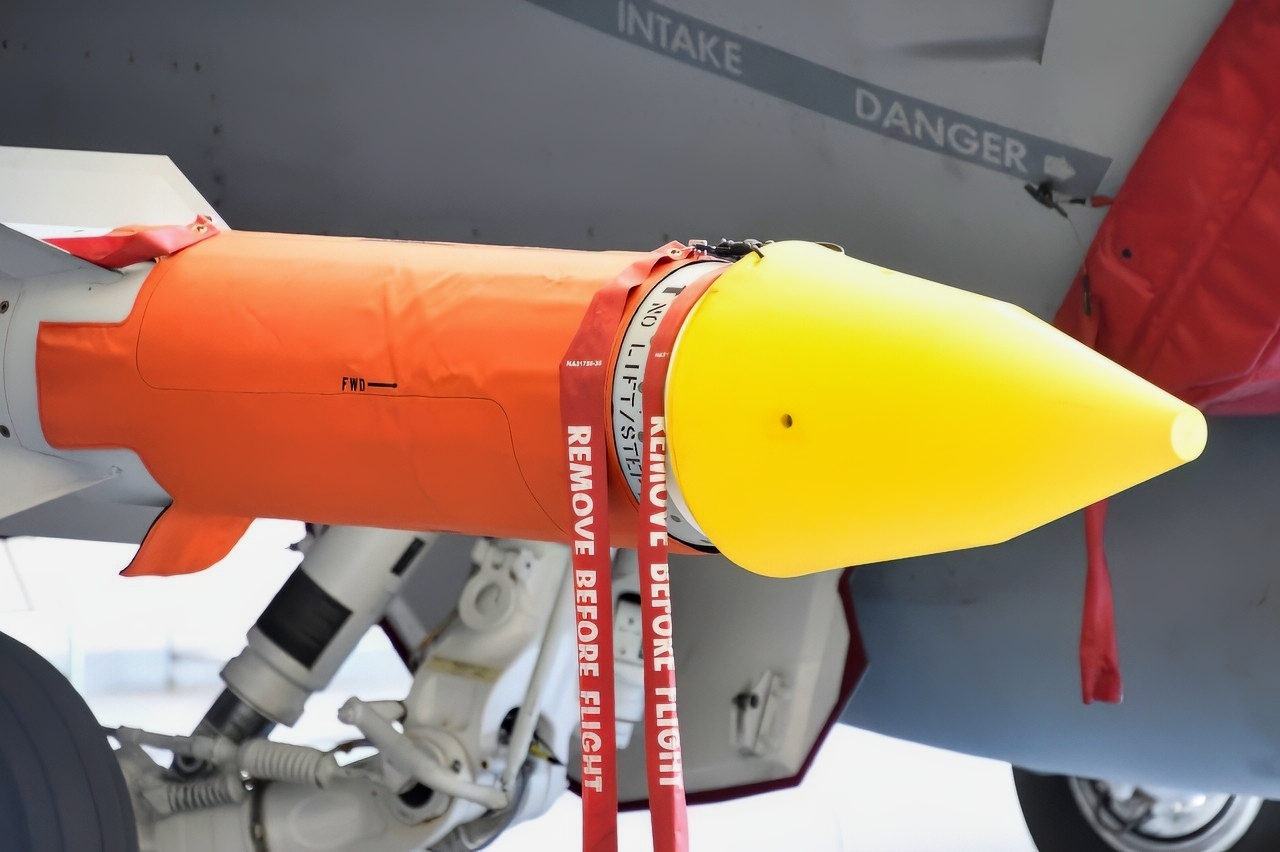
ERAM Missile. Image Credit: Creative Commons.
-However, this adaptation faces setbacks.
-The Navy just canceled its new HALO hypersonic anti-ship missile due to “budgetary constraints,” opting to rely on the existing subsonic LRASM.
-This mix of forward progress and surprising cutbacks raises the critical question of whether the U.S. response will be “too little, too late.”
China’s A2/AD Strategy Is Aimed at the U.S. Navy
China’s military buildup is well known. Beijing has invested heavily in A2/AD, or anti-access/area-denial capabilities, in recent years, and investments in the People’s Liberation Army Navy challenge Washington’s interests in the Indo-Pacific.
Cumulatively, the effect has been to make it more difficult and high-risk for the United States Navy and other branches of the armed forces to operate in the Western Indo-Pacific, and increasingly further afield from Chinese waters.
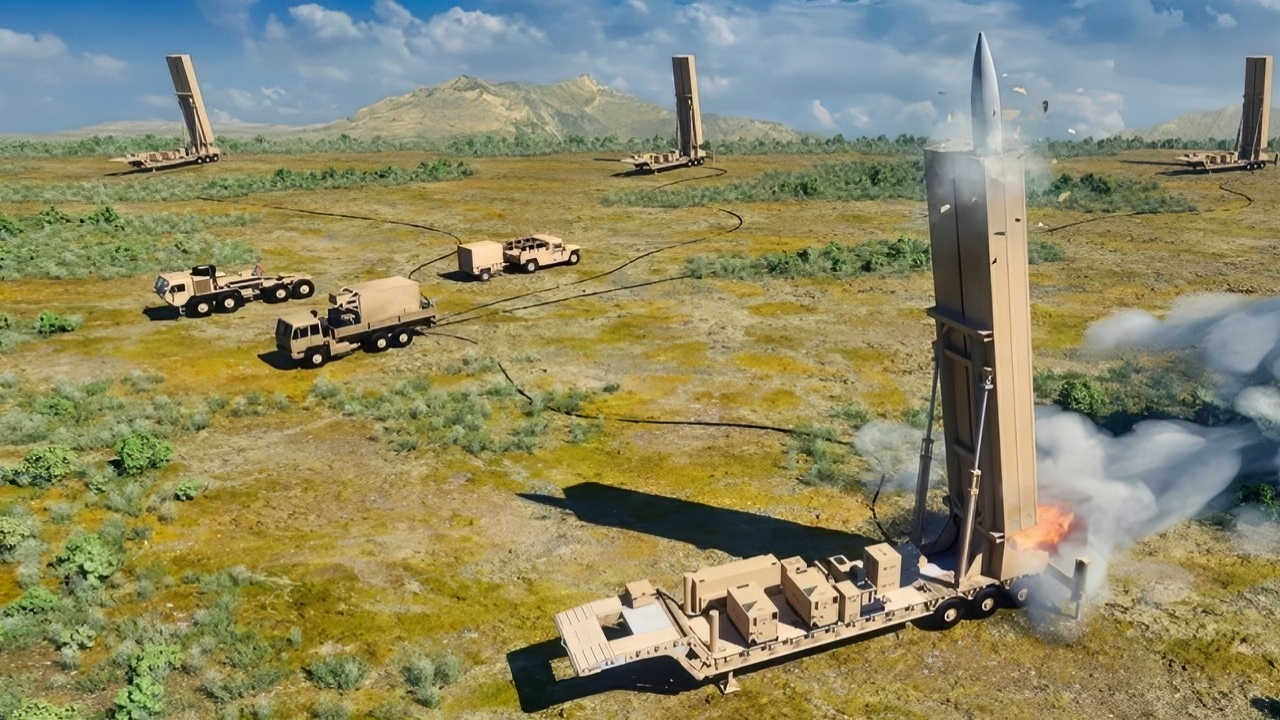
Dark Eagle Hypersonic Missiles. Image Credit: Creative Commons.
But cognizant of this threat, the United States Navy is adapting, as are other service branches and other nations alongside them.
One of the most immediately visible shifts within the United States Navy in recent years is a move toward a more distributed force posture.
Distributed Maritime Operations places a premium on unconcentrated formations of more widely spread assets and resources.
One example of this is the Second World War-era airstrip currently being refurbished on Tinian, one of the Northern Mariana Islands, and north of Guam.
While that airstrip had fallen into disrepair, its aircraft hangars, fuel storage facilities, and other infrastructure are being restored.
New Weaponry?
China’s growing prowess in hypersonics has, understandably, been a topic of great and heated discussion in American policy circles, as has the conversation around the United States’ own foray into the rapidly growing field of technology.
It came as a surprise, therefore, that the United States Navy decided to halt its research into a hypersonic anti-ship missile, citing burgeoning cost.
“The Navy cancelled the solicitation for the Hypersonic Air-Launched Offensive Anti-Surface Warfare (HALO) Engineering and Manufacturing Development (EMD) effort in fall 2024,” a U.S. Navy spokesperson explained to Naval News, “due to budgetary constraints that prevent fielding new capability within the planned delivery schedule.”

AGM-158 Extreme Range LRASM. Image Credit: Industry Handout.
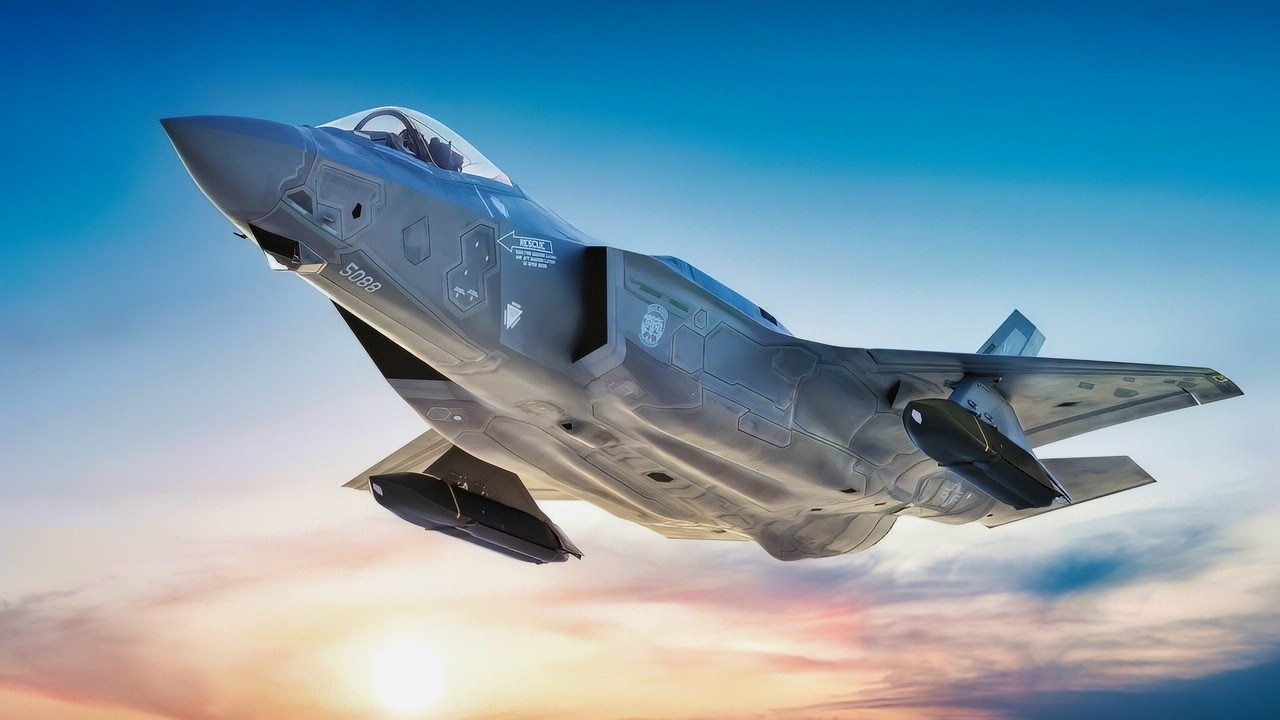
F-35 Fighter With LRASM Missiles. Image Credit: Lockheed Martin.
In lieu of that hypersonic missile, the Navy indicated that it is instead doubling down on the AGM-158C Long Range Anti-Ship Missile, or LRASM.
And while that stealth missile is thought to be capable, it is a subsonic weapon and therefore significantly slower than a hypersonic missile like HALO.
The status of other hypersonic weapon projects across the services is somewhat unclear, with conflicting, seemingly contradictory updates reported.
Friends and Allies
Indo-Pacific Command, the largest combat command, notes that “There are few regions as culturally, socially, economically, and geopolitically diverse as the Asia-Pacific. The 38 nations comprising the Asia-Pacific region are home to 60% of the world’s population, 3,000 different languages, several of the world’s largest militaries, and five nations allied with the U.S. through mutual defense treaties.”
But the Indo-Pacific’s enormous size presents a significant challenge to operating in.
Vast distances separate the remote and far-flung islands, atolls, and reefs that dot the region’s surface. But with the help of friends and allies, those distances will shrink in the future.
By fertilizing the efforts of friends and allies in the Indo-Pacific, America hopes to boost deterrence in the region. And the most striking example of this strategy is Washington’s AUKUS nuclear propulsion agreement with Australia and the United Kingdom.
Under the auspices of that awkwardly-named document, the three countries — who already share an intelligence-sharing agreement via Five Eyes that is nearly unparalleled in its closeness — aim to boost deterrence in the Indo-Pacific by building a fleet of nuclear-powered submarines for the Royal Australian Navy. Crucially, those submarines will not be nuclear-armed.
They will, however, replace Canberra’s aged and problem-plagued Collins-class of conventionally-powered submarines, boosting Australia’s underwater capabilities hugely, given their virtually unlimited endurance, limited only by crew food resupply needs.
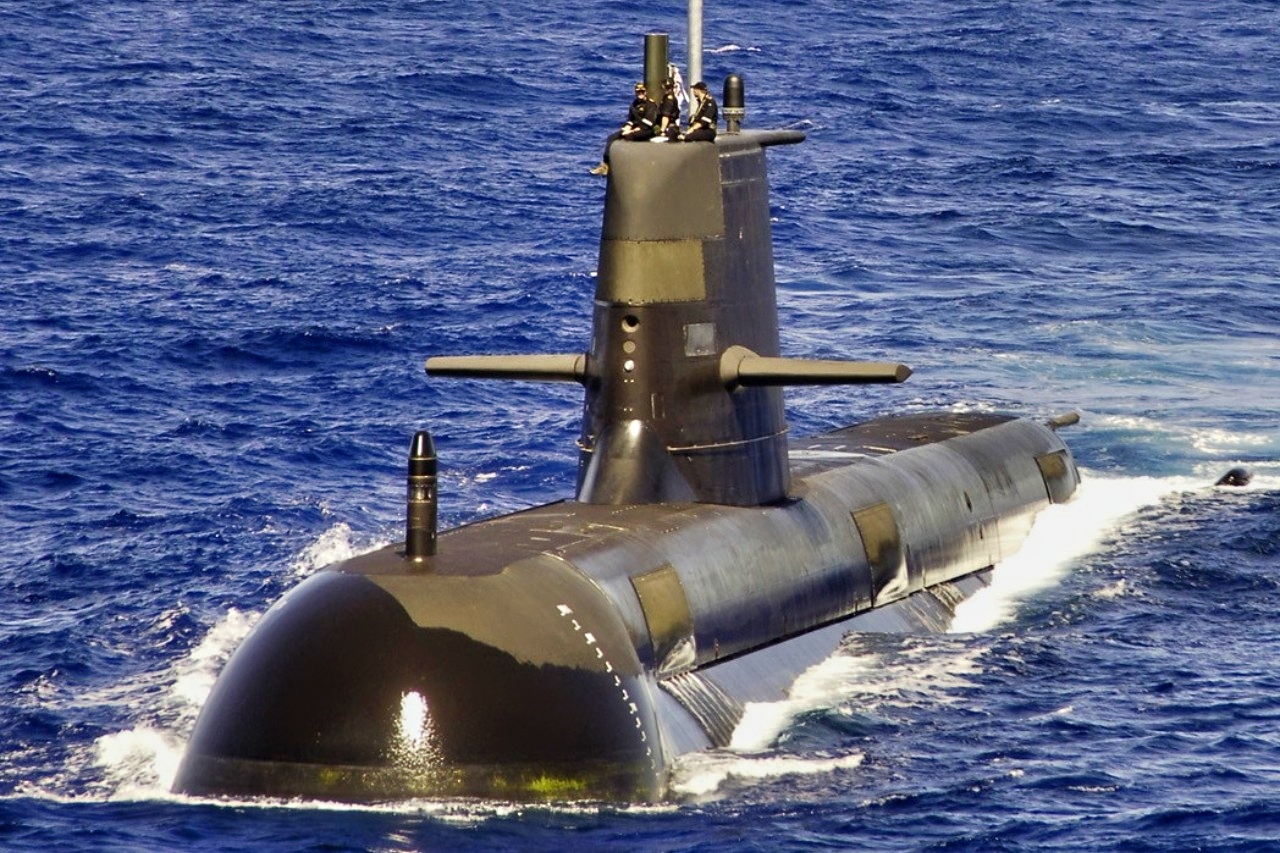
(July 25, 2006)- The Australian Submarine HMAS Rankin (Hull 6) and the Los Angeles Class attack submarine USS Key West (SSN-722) prepare to join a multinational formation with other ships that participated in the Rim of the Pacific exercise. To commemorate the last day of RIMPAC, participating country’s naval vessels fell into ranks for a photo exercise. RIMPAC includes ships and personnel from the United States, Australia, Canada, Chile, Japan, Peru, the Republic of Korea, and the United Kingdom. RIMPAC trains U.S. allied forces to be interoperable and ready for a wide range of potential combined operations and missions. Abraham Lincoln Carrier Strike Group are currently underway on a scheduled Western Pacific deployment. U.S. Navy photo by Mass Communications Specialist Seaman James R. Evans (RELEASED)
“Two of the three largest economies are located in the Asia-Pacific, along with ten of the fourteen smallest. The AOR includes the most populous nation in the world, the largest democracy, and the largest Muslim-majority nation,” Indo-Pacific Command underlines, explaining that “More than one third of Asia-Pacific nations are smaller, island nations, including the smallest republic in the world and the smallest nation in Asia.”
Linking the lanes leading to those island countries to nodes in America’s regional array of assets, via agreements like AUKUS, is one part of a solution that also includes tighter security cooperation with other countries in the region.
China vs. the U.S. Navy: What Happens Now?
The United States Navy’s challenge is adapting to the threat posed by China’s increasingly aggressive anti-access/area-denial strategy in the Pacific.
Firstly, the Navy is adapting its force posture to smaller, more distributed assets, investing in new platforms as a part of that adjustment.
Though the Pentagon’s efforts in hypersonic weapons are currently opaque, Washington’s strengthening of relationships with allies like Australia includes significant technology components.
But it is also adjusting to the recognition that, in a robust anti-access/area-denial environment, a significant build-up of warships could prove vulnerable, and that a wide dispersion of forces and cooperation with allies, particularly logistically, could prove a decisive advantage.
While the United States Navy is attempting to ensure it retains a qualitative advantage over threats in the Indo-Pacific, doing so will be challenging.
And given the long timelines for some of these initiatives, the question now is: will it be too little, too late?
About the Author: Caleb Larson
Caleb Larson is an American multiformat journalist based in Berlin, Germany. His work covers the intersection of conflict and society, focusing on American foreign policy and European security. He has reported from Germany, Russia, and the United States. Most recently, he covered the war in Ukraine, reporting extensively on the war’s shifting battle lines from Donbas and writing on the war’s civilian and humanitarian toll. Previously, he worked as a Defense Reporter for POLITICO Europe. You can follow his latest work on X.
More Military
The ‘Super’ B-52J Stratofortress Bomber Is Coming
The Air Force’s ‘New’ B-1B Lancer Super Bomber Is Coming Soon
‘Flying Dorito’: The A-12 Avenger II Stealth Bomber Summed Up in 1 Word
Never Finished: USS Illinois Is the U.S. Navy’s ‘Scrapped’ Iowa-class Battleship


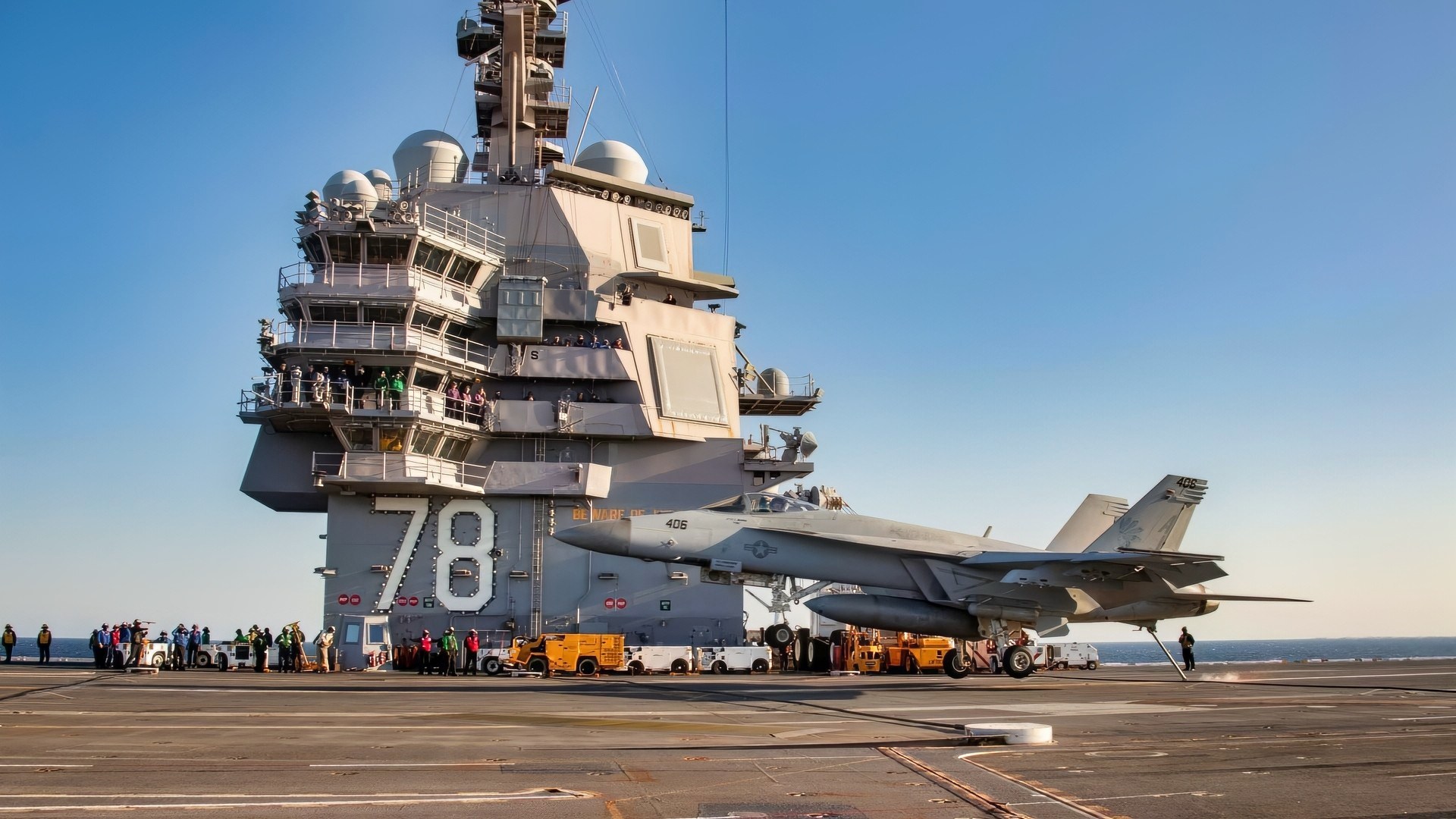








Swamplaw Yankee
October 27, 2025 at 2:09 am
So, the rare earth ores from Ukraine are being donated by the MAGA POTUS Trump elite to the Xi regime. MAGA allows these mines to be illegally seized as the USA does zip, zero, but pretends there is zero collusion between the Xi remine and its vassal Putin.
So, if we ask the next marine walking by, the exact tonnage of rare earth lost to the WEST monthly by this betrayal, what would be the answer. The USMC used to have clear answers.
Yeah, the industrial base to create/expand defence production has vanished. Look at Canada. A huge power in 1945, near zip in 2025. Ask that economy to dedicate 5% of GNP to the NATO cause and you are finished up there.
The USA needs a temp concept. As a temp, the USA should order + purchase from industry producing for Ukraine. Or, we can all listen tomorrow to Trump declare the extension of road/ rail to the many proven rare earth reserves in Canada and the Americas. Or, the Next POTUS maybe” if Xi allows that to happen. -30-